Special thanks to Effect Audio’s Jordon Tan for sending us retail versions of the Ares S and Cadmus S 8-wire cables for review. We truly appreciate your continued support.
Introduction
It’s been interesting to watch the evolution of Effect Audio (EA), the boutique Singapore-based cable company, over the past few years. I can think of few other companies that have democratised boutique third-party cables like EA.
While they’ve always had a range of cable solutions at various price tiers, from budget to bank-busting, their recent focus has been on creating a range of cables at the ‘lower end’ of the market that carry over the design, build and sound quality previously reserved for far more expensive cables.
But more than that, EA has also been quite innovative with how they’ve opened up the market and improved the value of their cables with first ConX and then TermX connector technology, making it easy to use the same cable with multiple IEMs and sources. You could argue that some of these innovations prioritise usability and flexibility over pure sound quality, but for many, myself included, it’s a compromise worth making.

With the release of its Signature Series cables – comprising Ares S, Cadmus and Eros S – EA combines the best of their recent technologies, with ConX as standard and TermX optional. The game has also been raised significantly in terms of presentation, design and accessories compared to previous ‘budget’ cables.
More recently, EA updated Ares S and Cadmus with 8-wire versions (Eros S was already an 8-wire cable), while keeping cost below the $300-mark. These are the two cables I’ll be reviewing here. Having previously used the 4-wire version of Ares S and the prototype 4-wire Cadmus, I’ll focus mainly on how the new 8-wire versions improve on their predecessors, if indeed they do, and generally how I feel they perform with a range of IEMs I have available for testing.
A quick note before we continue: my colleague Sourav wrote an excellent piece on early versions of these cables back in December, which you’re welcome to read here.
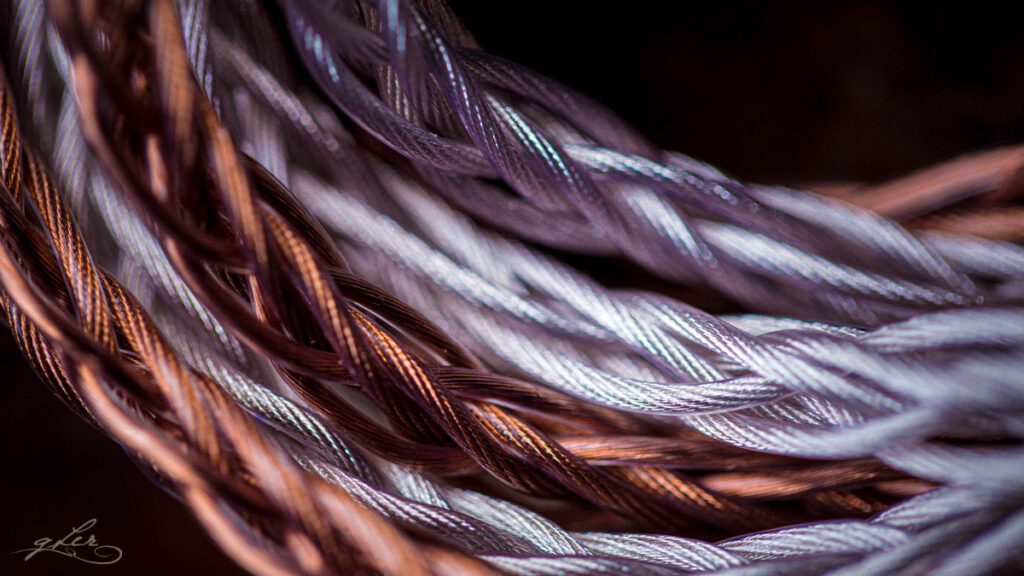
Packaging and presentation
Let’s face it, third-party cables don’t really carry as much mainstream appeal in the portable audio hobby compared to IEMs, so they need a bit of ‘pep’ if they’re going to fly off the shelves. In that regard I really like what EA has done with the Signature Series, mixing a thematic element (mythical Greek gods and warriors) with a design motif and presentation that gives them some personality before you’ve even opened the box.
Speaking of which, both Ares S and Cadmus carry across the same packaging and presentation style in their 8-wire versions that we saw with the original 4-wire sets: a charcoal gray box made of recycled fibres, imprinted with foiled motifs of the Greek warriors that lent their names to each cable.
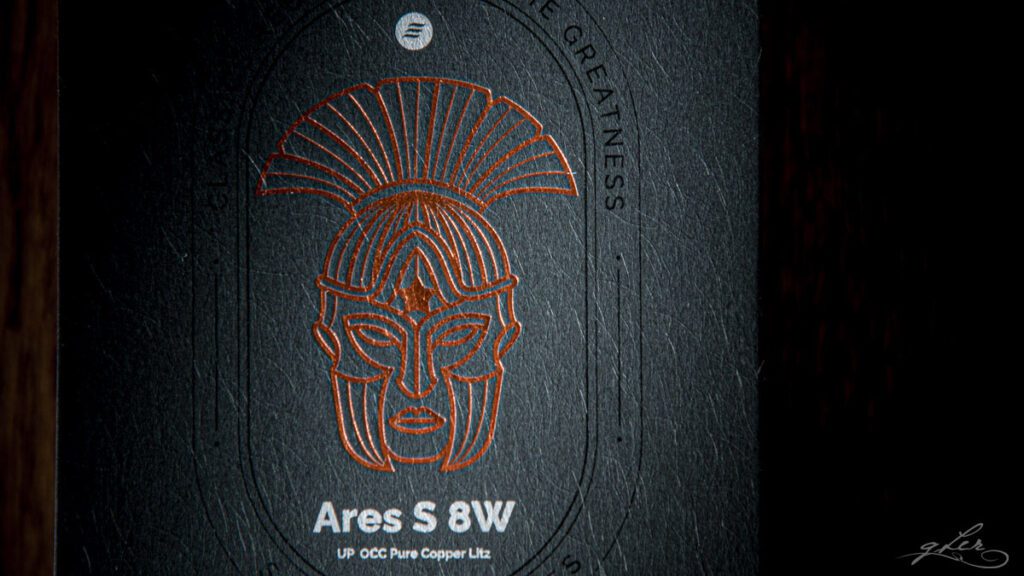
Opening each box reveals the cable mounted inside a foam cutout, with the rather chunky, angular polished aluminium and carbon-fibre inlayed-Y-splitter as its centrepiece. You also get EA’s new fabric carry pouch, which cleverly uses the leather cable latch (pre-attached to the cable) as cover latch.
There are no other frills with these cables, aside from a user guide and a marketing booklet on the Signature Series cables. Both cables ship with 2-pin ConX connectors as standard and fixed 4.4mm plugs. You’ll need to pay extra at checkout if you want a bundle with additional ConX terminations, or to switch out the fixed plug for TermX.

My advice – get yourself some extra ConX plugs, because it’s not always easy to mix-and-match ConX connectors from other EA cables, and they really do make these cables more versatile with minimal signal loss.
TermX, on the other hand, is entirely optional, and unless you insist on using 3.5mm or the old 2.5mm balanced connectors, I suggest you stick to the default 4.4mm plug. It’s easy to go from 4.4mm to 2.5mm balanced or 3.5mm single-ended afterwards using a cheap adapter with about the same quality loss you’d expect from a TermX option.
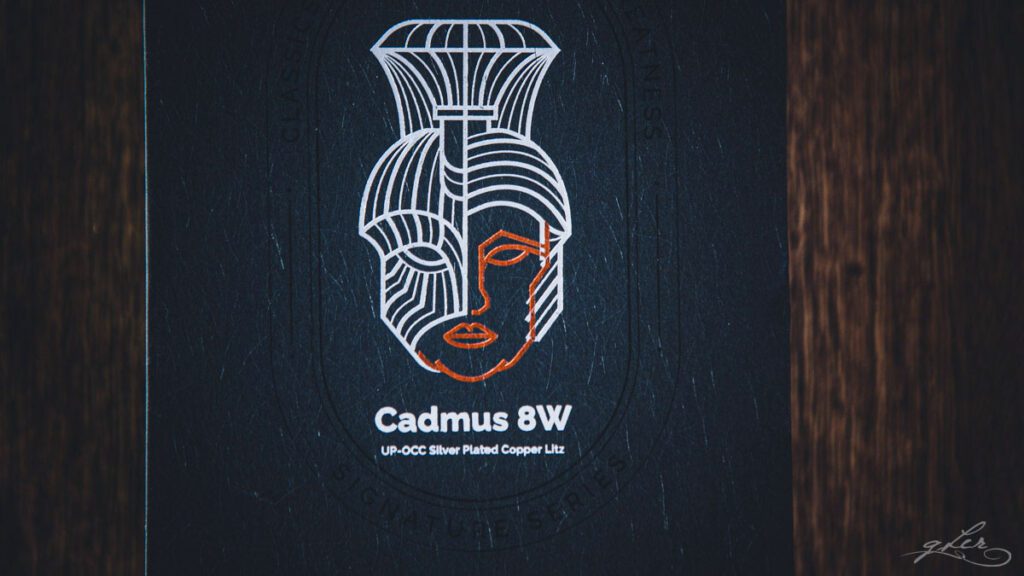
Build quality, design and ergonomics
For 8-wire cables, both Ares S and Cadmus are soft and supple to the touch, more so than I was expecting. I also find the braiding used on both cables to be tighter and more refined than the braiding used on the 4-wire cables, including the much more expensive 4-wire Cleopatra II. While EA cables are hand-braided, which can often result in a looser braid that occasionally comes apart, I’m yet to experience this with either of the 8-wire versions.
The softness of the cables is probably down to EA’s proprietary EA Ultra Flexi™ insulation, which is among the smoother types of clear insulation I’ve seen used on ‘naked’ cables like these. The hardware is also of a very high standard, with each of the CNC-milled and polished plugs and Y-splitter covered with a thin plastic film to protect it for transport. The 4.4mm balanced plugs are also rhodium-plated, which is a slightly more premium option than you’d expect at this level.
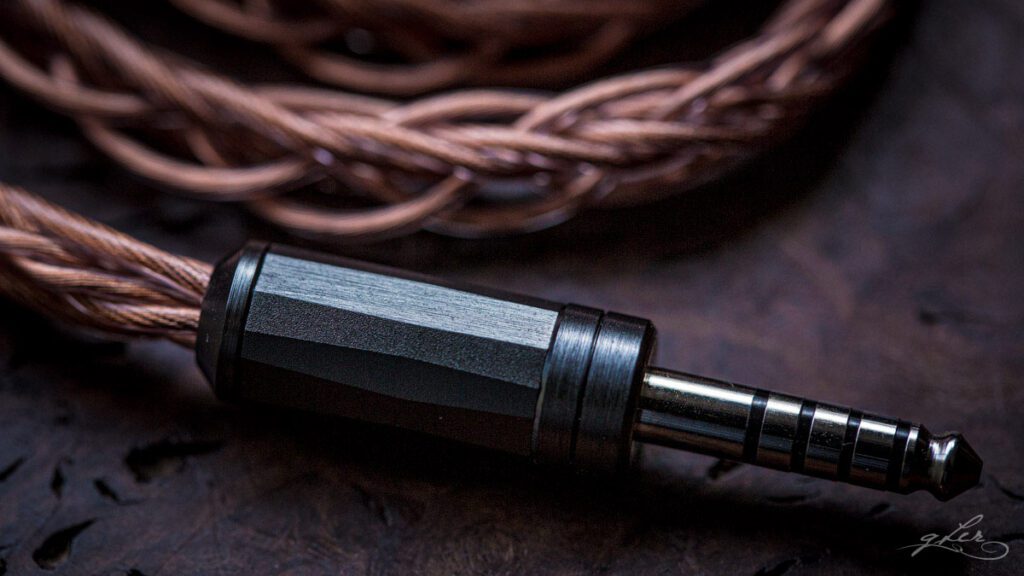
Where the two cables differ, obviously, is in their base material and geometry. Ares S is made up of 8 cores of 24awg premium UP-OCC Litz copper, while Cadmus S features 8 cores of 24awg UP-OCC pure silver plating over Litz copper. Ares S uses a dual geometric design that is claimed to improve signal transference while retaining the warmer character of copper, and Cadmus S features a ‘septuplet multi-sized core bundle’ that’s said to improve clarity and focus that smoothens the treble response despite the use of silver plating.
Ergonomically, I find both cables very solid yet supple, remarkably kink-and-twist-free, with little to no microphonics to speak of. Because of the higher wire count, the clear ear guides can be more or less comfortable depending on your ear size (and IEM size too). EA tends to use fairly stiff and angular ear guides that ‘lock’ the cable in place, but they’re also quite short, so if you have larger ears, you may find the ear guides pinch into your skin slightly before the wire is able to run free below the jawline.
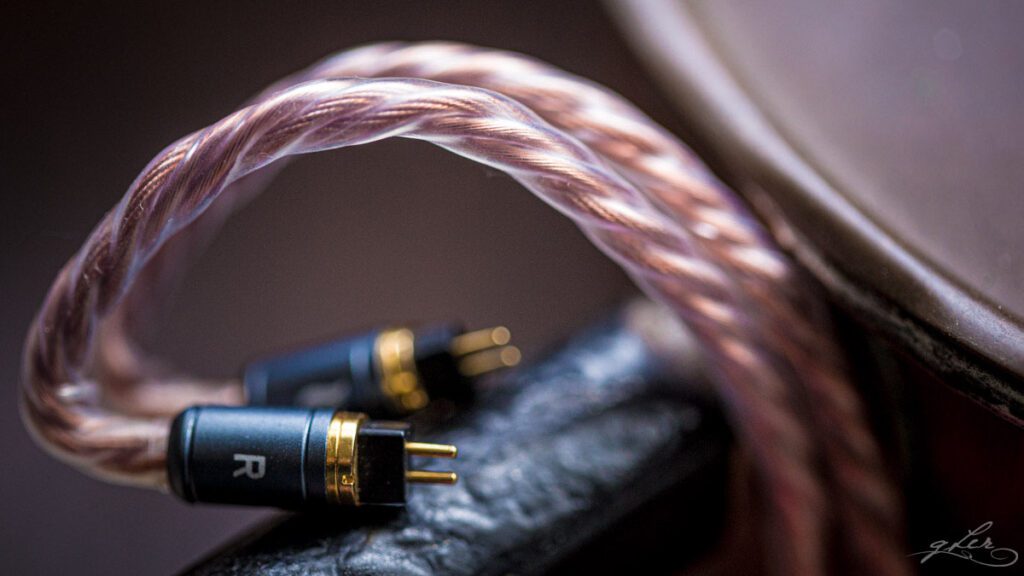
In any case, if you’re adventurous enough, you can loosen and mould the ear guides more to your liking with careful use of a hairdryer to ‘soften’ the guide material, caressing it into a different shape, then letting it set. I’ve done this a few times with other cables, but be mindful that if you mess it up, it could void your warranty. If in doubt, and if you find the ear guides uncomfortable, drop EA a note and they should be fairly responsive.
Overall, I find the design of the two 8-wire Ares S and Cadmus variants to be excellent, especially at this price point. If you’re a fan of thinner, lighter cables for easier portability you might take pause at using 8 wires for IEM cables, but combined with crafty packaging and pleasing ergonomics, I think EA has delivered both value and quality in equal measure.
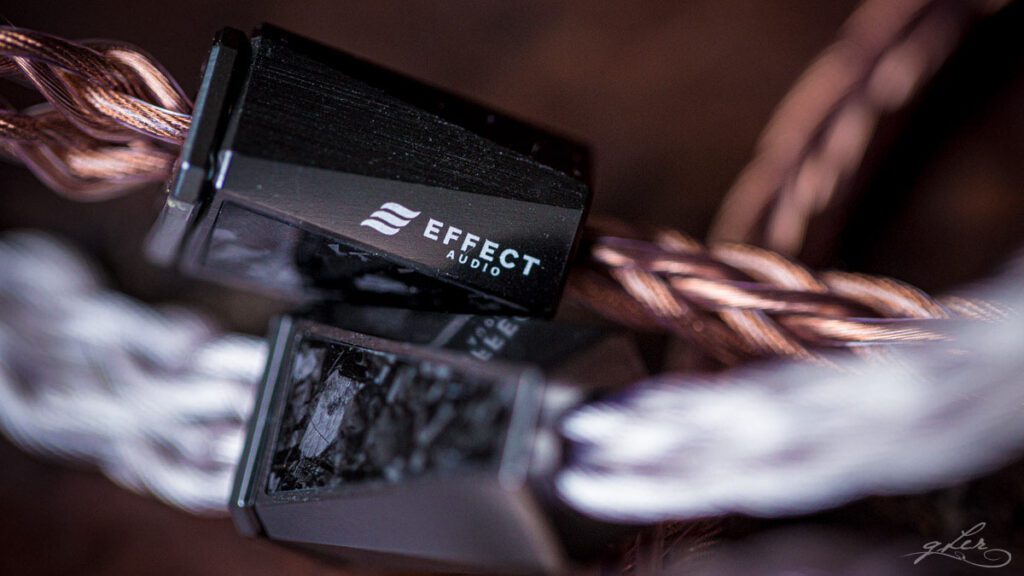
Continue to sound impressions…


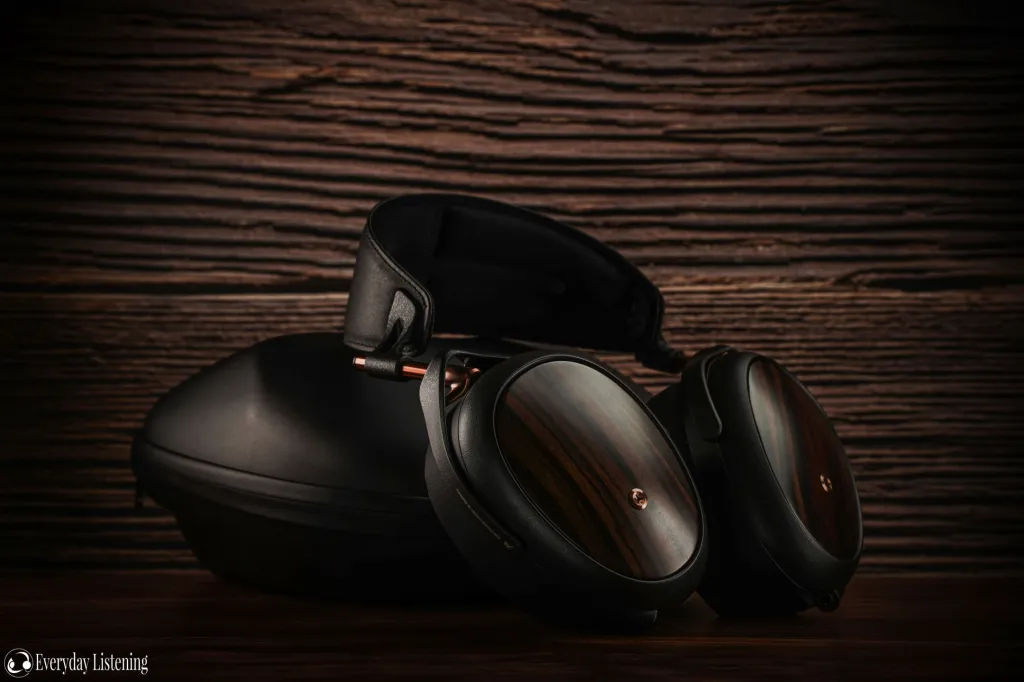

One Response
Thank you for the review. Excellent, informative.